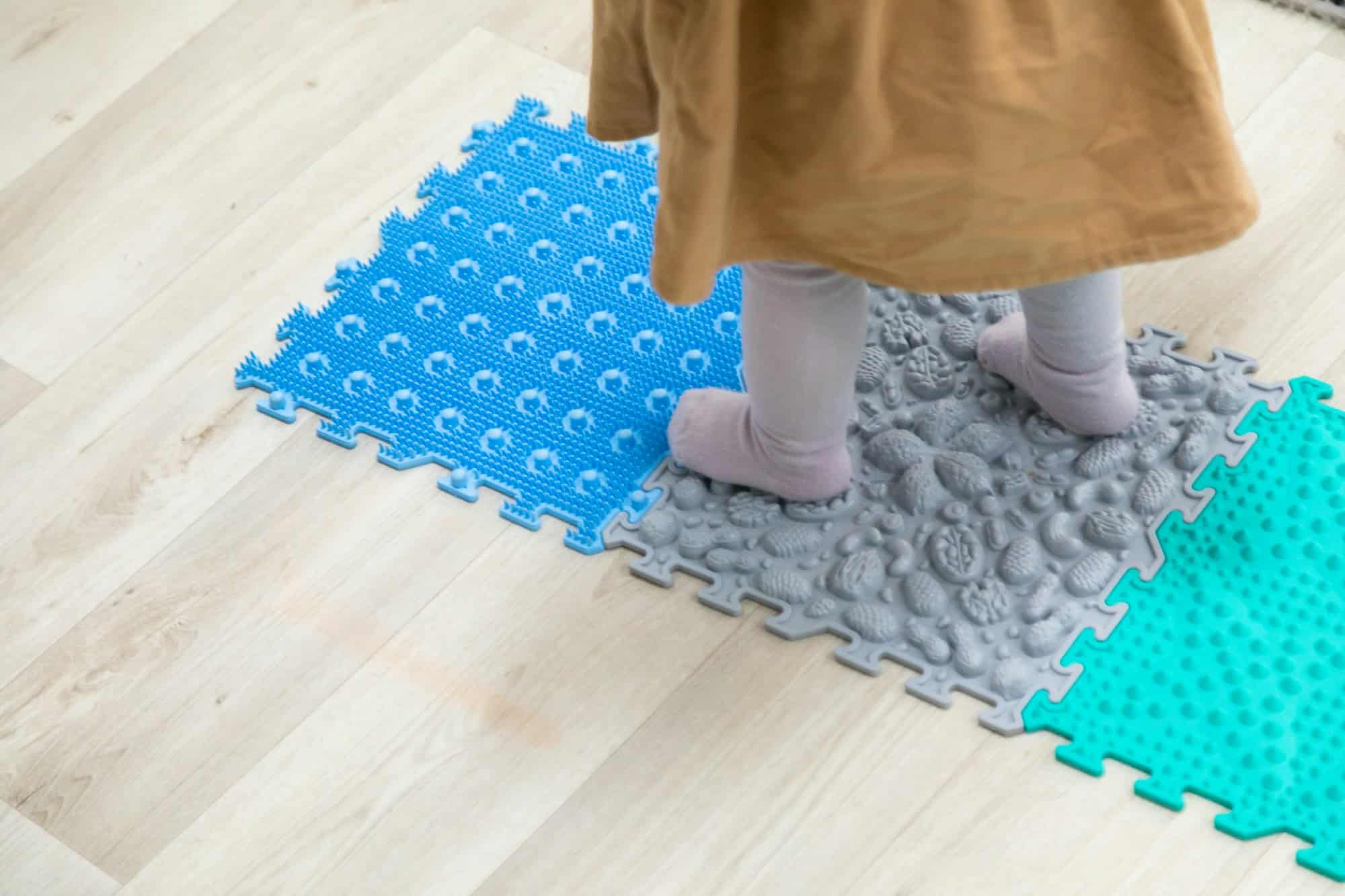Often, people with sensory processing disorders such as autism, have challenges interacting with their environment. The hustle and bustle of public spaces can be overwhelming, making it challenging for them to focus, or even relax. Imagine, if these public spaces, be it schools, libraries, malls, or airports, had a special room designed to provide a calming and therapeutic environment for children and adults alike who struggle to process sensory information. This is where sensory rooms come into play. These spaces are designed to help those with sensory processing disorders by providing an environment that they can control and manipulate according to their preferences, thus allowing them to relax and focus.
Understanding Sensory Rooms and their Importance
Before delving into how sensory rooms can assist individuals with sensory processing disorders, it’s essential to understand what these spaces are and why they are significant. A sensory room is a specially designed space that combines a range of stimuli to help individuals develop and engage their senses. These rooms use lights, colors, sounds, and textures to create a safe environment where people can explore and interact at their own pace.
En parallèle : What Is the Role of Peptide Therapy in Accelerated Wound Healing?
For individuals with sensory processing disorders, sensory rooms can be lifesavers. The multi-sensory environments created in these rooms can help calm an overwhelmed individual, improve their focus and alertness, and enhance their sensory processing skills over time.
The Role of Sensory Rooms in Helping Children with Autism
For children with autism, sensory rooms provide a unique and effective therapeutic environment. On one hand, these rooms offer a safe and nurturing space where these students can retreat from overwhelming sensory experiences. On the other hand, they also provide a controlled setting where children can stimulate and challenge their senses, thereby improving their sensory processing skills over time.
A lire aussi : How Can Home Hydroponic Systems Improve Nutrition and Mental Health?
A sensory room in a school or a public space can be a godsend for a child with autism. It can act as a calming space where the child can retreat when the world becomes too overwhelming. These rooms are typically equipped with soothing lighting, comforting textures, and calming sounds that can help the child relax and regain their composure.
In addition to being a calming retreat, sensory rooms are also used as therapeutic spaces. They are designed to provide children with a variety of sensory experiences that can help improve their sensory processing skills. For instance, soft textures and calming sounds can help children with tactile or auditory sensitivities learn to tolerate these types of sensory information. Similarly, objects of different shapes and sizes, or balance boards, can help children improve their motor skills.
How Sensory Rooms Can Benefit Adults with Sensory Processing Disorders
While much of the focus around sensory rooms is on children, it’s essential not to overlook their potential benefits for adults with sensory processing disorders. Much like children, adults with these disorders can also find public spaces overwhelming, and a sensory room can provide a much-needed refuge from the sensory bombardment.
Sensory rooms provide a quiet and controlled environment where adults can unwind and focus on their own sensory experiences. This can be particularly beneficial for adults who struggle with sensory overload in their day-to-day lives. A sensory room in a public space like a mall or an airport can provide a quiet corner where these individuals can retreat, decompress, and regain their composure before rejoining the bustling environment outside.
The Impact of Sensory Rooms on Public Spaces
Integrating sensory rooms into public spaces has a transformative impact on these environments and the people who visit them. For individuals with sensory processing disorders, the presence of a sensory room can make a public space much more accessible and enjoyable. It provides a safe, controlled environment that they can retreat to when they need to, without having to leave the space entirely.
Furthermore, sensory rooms in public spaces also send a strong message about inclusivity. By recognizing and accommodating the needs of individuals with sensory processing disorders, public spaces become more welcoming and inclusive for everyone. It acknowledges the fact that not everyone experiences the world in the same way, and that’s okay. It’s about providing a space that caters to the unique needs and preferences of all visitors.
Through sensory rooms, individuals with sensory processing disorders are given a chance to experience public spaces in a way that is comfortable and enjoyable for them. It empowers them to take control of their sensory experiences, helping them to feel safe, calm, and focused, whether they’re in a school, a library, a mall, or an airport. It’s a small change in design that can make a world of difference for those who struggle to process sensory information.
Sensory Rooms: Breakdown of Key Features and Their Functions
It is essential to comprehend the key elements of a sensory room and their corresponding functions to fully understand the benefits they bring to individuals with sensory processing disorders. Sensory rooms are usually equipped with several features designed to target different senses, providing a sensory-friendly environment tailored to the needs of the individual.
One common feature is a variety of different lights, such as bubble tubes, projectors, and fiber optics, which provide visual stimulation. These lights can be controlled and adjusted to ensure they do not overwhelm individuals with light sensitivity.
Auditory stimulation is another vital aspect of sensory rooms. This can be achieved through various sound sources, such as white noise machines or calming music. These sounds can be adjusted to suit the individual’s auditory comfort level, mitigating the effects of sensory overload.
Tactile experiences are facilitated through a variety of textures present in the room. For example, furnishings like bean bags, plush rugs, weighted blankets, or textured wall panels can provide comforting sensations to individuals with tactile sensitivities.
Interactive equipment like sensory wall panels, balance boards, and other sensory play items can also be found in these rooms. These tools not only provide sensory input that individuals can control but also help improve their motor skills.
In conclusion, sensory rooms are meticulously designed to offer different sensory experiences, which individuals with sensory processing disorders can manipulate and control. This provides a soothing and therapeutic environment, catering to their sensory preferences and needs.
Conclusion: Sensory Rooms as a Step Forward in Enhancing Public Spaces
Public spaces have the potential to significantly improve the lives of individuals with sensory processing disorders by integrating sensory rooms. This room sensory integration in public spaces not only provides a refuge from sensory overload but also serves as a platform for sensory exploration at an individual’s own pace.
For children with autism or other sensory processing disorders, sensory rooms in schools can be a haven. These spaces provide students with a safe environment to explore their senses, develop their motor skills, and manage their sensory experiences better. They allow these students to take short breaks to relax and refocus, thereby improving their overall school experience.
Similarly, for adults dealing with sensory processing disorder, sensory rooms in places like airports or malls offer a temporary escape from the overwhelming sensory input. This can help them better manage their sensory experiences, enabling them to enjoy public spaces more.
Apart from benefiting individuals with sensory needs, sensory rooms also contribute to the overall inclusivity and accessibility of public spaces. They underline the importance of acknowledging and accommodating different sensory needs, thereby making public spaces more inclusive for all visitors.
In conclusion, sensory rooms in public spaces offer a much-needed relief for individuals with sensory processing disorders. They are a testament to the importance of designing public spaces with an inclusive mindset, catering to the needs of all individuals, regardless of their sensory experiences. With sensory rooms, public spaces can truly be a place for everyone, further highlighting the significance of these sensory spaces in our society.






